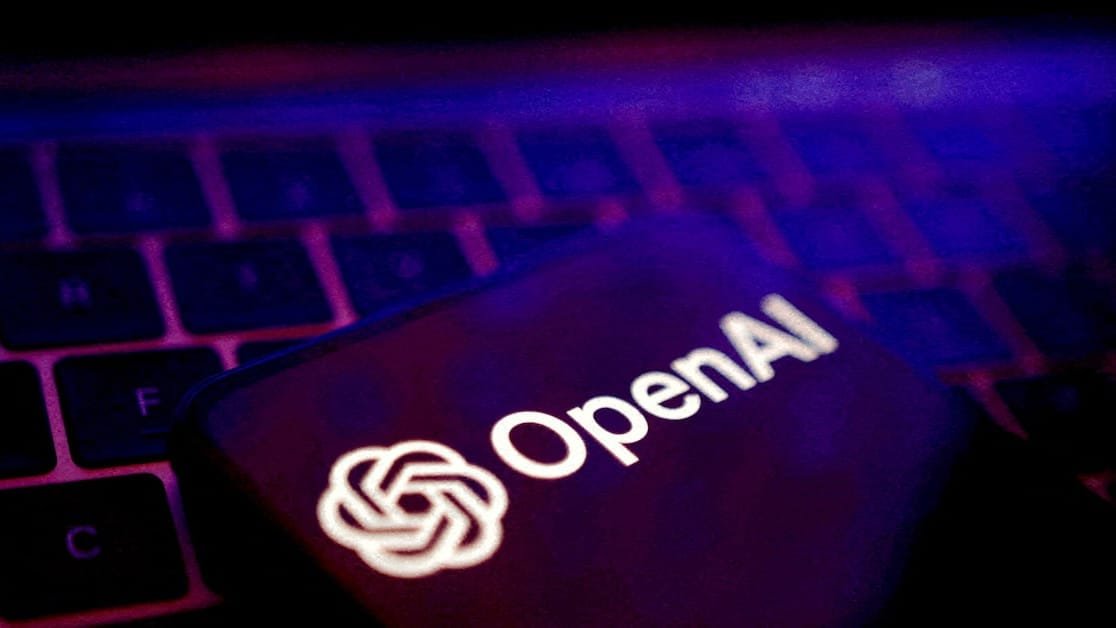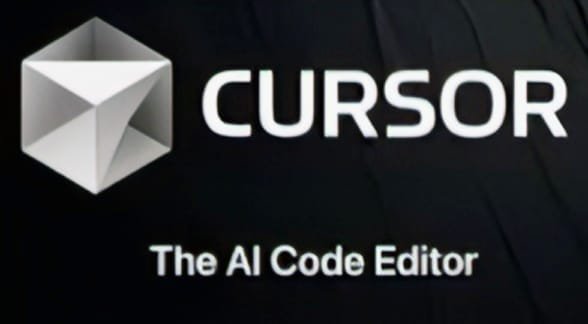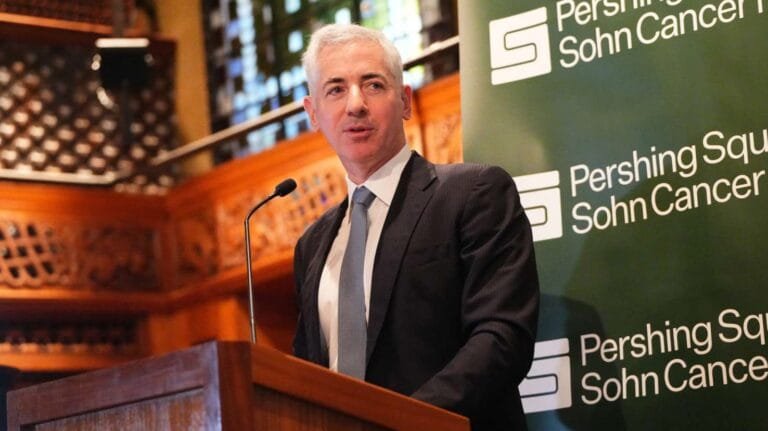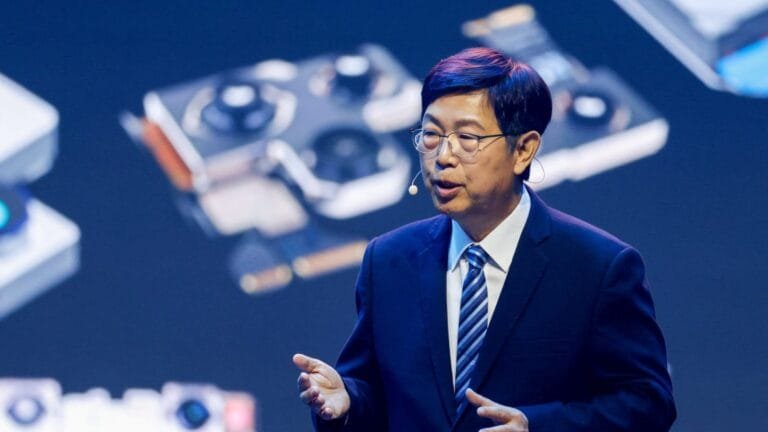
Illustration showing how the OpenAI Red Queen partnership aims to prevent AI-enabled biological threats.
OpenAI Red Queen that it has become the lead investor in a new company, Red Queen Bio, which has participated in a seed funding round of approximately 1500 yuan (≈ $15 million). The startup’s objective is to prevent bad actors from abusing AI tools to develop biological weapons. So, let’s understand the entire context in detail:
Background and Reason of OpenAI Red Queen
What is AI’s role in this? When AI models begin to understand biological data (such as viruses/proteins/genomes), they can perform tasks like “new molecules” or “protein design”—which is beneficial for a drug or vaccine—but if a bad actor takes this information, they can work towards designing “harmful molecules” or “highly infectious viruses.” Research has shown that large language models (LLMs) have designed “toxic proteins” and the like. Why OpenAI Warned OpenAI itself has acknowledged that future models could reach a “high capability” level in biology—in the sense that they could provide suggestions and instructions that could help even novice actors develop biological weapons. OpenAI wrote in its blog post that it’s better to be prepared than to “react after an accident.”
Start-up: What is Red Queen Bio doing?
Foundation and Objective This company, Red Queen Bio, is a spin-out from an mRNA therapeutics company called Helix Nano, and its co-founder is Hannu Rajaniemi. Their name “Red Queen” is inspired by the idea that, as Diana says, “It takes all the running you can do to stay in the same place” (from Lewis Carroll’s Through the Looking-Glass)—meaning that security must be a continuous effort to ensure we don’t fall behind threats. Red Queen Bio’s work framework is described as follows: they will use both AI models and traditional biolab experiments to identify biorisks in advance.
Their goal is to prevent potential bioweapons and develop countermeasures.
They want to get ahead of those attempting to become malicious actors, recognizing that the risk of “AI-enabled bioweapons” is growing rapidly, so security needs to increase at the same pace. Investments and Partnerships OpenAI served as the lead investor in this round. Other investors include Cerberus Ventures, Fifty Years, and Halcyon Futures. Red Queen Bio’s work builds on Helix Nano’s background in AI experiments and lab collaborations. Helix Nano has previously worked with OpenAI on testing AI biorisk attacks. Upcoming tasks: Risk detection: Which biological experiments could go in a dangerous direction? Based on AI models and lab data. The combination will combine AI, wet lab research, and security systems. Thus, Red Queen Bio is positioning itself as a kind of “biosafety technology start-up,” attempting to address future biological threats.
OpenAI’s Role and Strategy on OpenAI Red Queen
Why OpenAI? OpenAI has already made it clear that artificial intelligence is not just for “making the world better,” but can also pose a threat if “in the wrong hands.” Their blog post states that as AI models become more capable in biological science, they should be prevented by preparing for them, not “after an accident occurs.” Therefore, OpenAI’s investment in such a start-up can be considered a strategic move: activating itself in the field of risk monitoring and defense. What is it doing? OpenAI states on its website that it is developing “biological capabilities preparedness” models, which determine when a model has become highly capable of posing a biological threat (high capability threshold) and when it should not be released. They have outlined measures such as “training AI models for dual-use, deploying monitoring systems, and monitoring illegal use.”
Furthermore, OpenAI has indicated investments in such startups to strengthen the security ecosystem. The investment in Red Queen Bio is an important example in this direction. Why the investment was considered necessary: If a bad actor could create a weapon using a combination of AI models and biological experiments, that risk cannot be managed simply by “preventing model release,” but also requires measures such as “containment, detection, and protection.” OpenAI believes that “the world cannot rely on just one company”—they must involve multiple partners, startups, and institutions.
Risks – Threats and Their Dimensions
Such initiatives are necessary because if a threat is not prevented, the consequences can be very serious. Let’s look at some of the major threats. Bad Actor + AI = Bioweapons Some ways AI can assist in biothreats include: Designing new molecules or proteins that may be toxic (research has shown that LLM has created over 1000 toxic proteins) Assisting in genome-modeling of viruses/bacteria to make them more infectious or resistant. Suggesting laboratory experiments (wet lab) that can Dangerous biological agents can be developed in the laboratory using low-cost resources. Global access: Information can be accessed via the internet, making risks more decentralized—meaning that non-state actors, not just nation-states, can also use it. Both “accidental” and “intentional” threats: Not all threats are necessarily intentional.
Some risks can occur as “accidents”—for example, an AI-assisted bioexperiment goes wrong, there is a lack of awareness, or security. But the threat of intentional bioweapon development: If a group acquires AI models and bioexperimentation technology, they could develop weapons faster than expected. OpenAI warns that future models could reach “high capability,” which could even aid novice actors. The threat of bioweapons is not just technical—it’s a question of global policy, international monitoring, and governance. If technology becomes so accessible that mutual monitoring, whether large or small, becomes difficult, security systems could be weakened. This is also a public health issue: in the case of a pandemic or a massive catastrophe, a bioweapon isn’t something that’s immediately obvious; a biological agent may resemble a natural infection.
Challenges – What are the challenges?
Technological challenges: Risk identification is difficult: it’s difficult to determine which experiments are “research” and which could lead to weaponization. Regulating such technology is difficult—questions arise like “what model should be released, who should invest, and who should monitor.” “Unregulated laboratories” can also become a problem due to the startup model, private investment, and so on. Transparency vs. safety conflict: Research should be open, but too much openness can increase the risk of misuse. Practical and financial challenges: It’s difficult for start-ups to work in biosafety. The benefits are low, the risks are high. Investors are wary. Therefore, initiatives like Red Queen Bio require investment. Building a safety ecosystem takes time—it’s a slow process, but the threat is swift. Awareness about biosafety among the general public and government resources is low—so practical work and policy change will be slow.
Future Options and India-Perspective Considerations
What can be done next? Provide more support to such start-ups: The more new initiatives like Red Queen Bio are, the better prepared we will be. Enhancing global collaboration: Governments and international organizations (WHO, Biosafety Network, etc.) should work together to develop common standards and controls. Education and awareness: It is essential to raise awareness among the scientific community and the general public about biosafety and AI risks. Technical controls: “Refuse” systems, monitoring systems, audit trails, etc. in AI models. OpenAI has outlined this approach in its blog. Public-private partnerships: Biosafety technology can be developed on a large scale if private startups and governments work together.
Conclusion: OpenAI Red Queen Bio investment
The bottom line is this: in today’s technological world, where both AI and biotechnology are advancing at a rapid pace, safety, control, and caution have become more important than ever. OpenAI’s investment in Red Queen Bio signals that it’s not just about “advancement” but also about “safely managing that advancement.”If we don’t act in time, risks can become not just “potential” but “real.” And initiatives like this inspire us to move forward in this direction.






